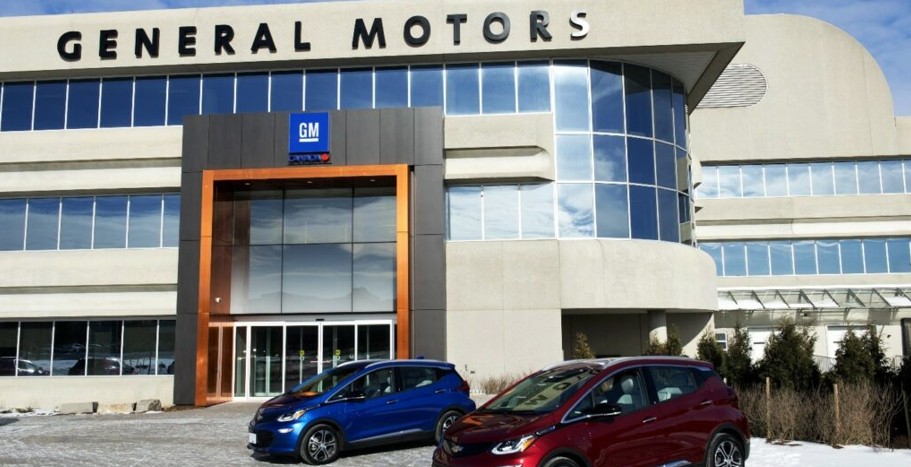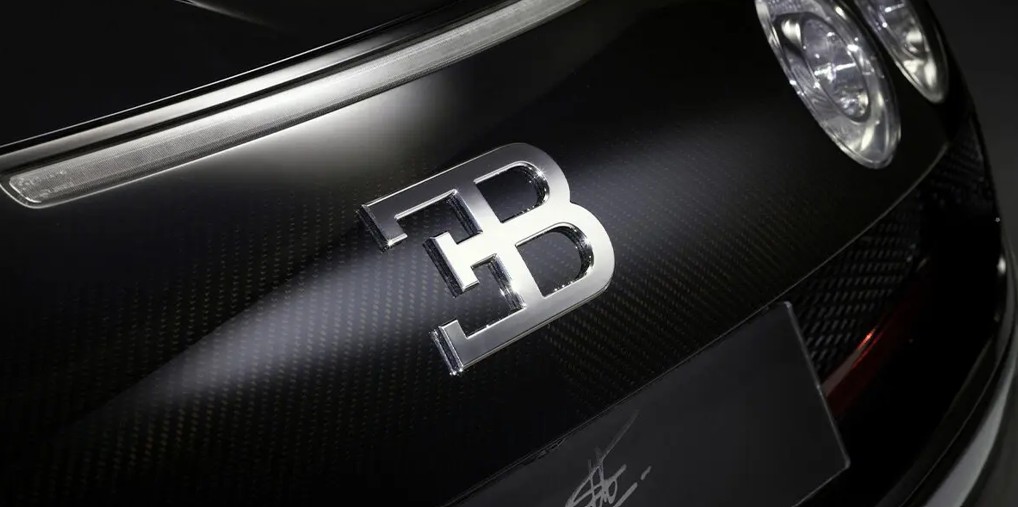
Few companies loom as large in the American consciousness, or indeed, the global automotive landscape, as General Motors. More than just a car manufacturer, GM has been a mirror reflecting America’s triumphs, struggles, and relentless pursuit of the next big thing. From its audacious founding to its dramatic rebirth and current electric revolution, the story of General Motors is a captivating ride.
The Audacious Vision of Billy Durant: Building an Empire Piece by Piece (1908-1920s)
Our journey begins in 1908, not with a single brilliant invention, but with the visionary mind of William C. “Billy” Durant. Durant, a former buggy magnate known for his incredible salesmanship and shrewd business sense, didn’t set out to create a new car brand. Instead, he envisioned a conglomerate – a holding company that would bring together various independent, often fiercely competitive, automotive pioneers under one mighty umbrella.
His first major acquisition? Buick, in 1904. Then, with GM officially incorporated, the acquisitions came fast and furious: Oldsmobile, Cadillac, Oakland (which later became Pontiac), and the parts supplier AC Spark Plug. He even founded Chevrolet in 1911 after being ousted from GM, only to use its success to regain control!
Durant’s genius lay in recognizing the power of scale and diversification. He believed that by combining different brands, each catering to a distinct segment of the market, GM could dominate the nascent automotive industry. It was a chaotic, brilliant strategy that laid the groundwork for an automotive giant.
The Golden Age: A Car for Every Purse and Purpose (Mid-20th Century)
While Durant was the architect, it was Alfred P. Sloan Jr., who took the disparate collection of brands and forged them into a finely tuned, market-segmenting machine. Sloan famously implemented the strategy of “a car for every purse and purpose,” solidifying GM’s multi-brand approach.
The mid-20th century was GM’s golden age. Brands like Chevrolet, Buick, Oldsmobile, Pontiac, and Cadillac offered a spectrum of vehicles, from entry-level workhorses to luxurious status symbols. GM became the undisputed leader in innovation, pioneering features like automatic transmissions, power steering, and V8 engines. Design took center stage under legends like Harley Earl, giving GM cars a distinctive flair that set trends for decades.
Post-World War II, as America boomed, so did GM. The company became synonymous with the American Dream, with suburban families driving their shiny new Chevys and executives cruising in their Cadillacs. GM’s sheer size and influence were unparalleled, even leading to the famous saying, “What’s good for General Motors is good for America.”
Cracks in the Chrome: Challenges and Complacency (Late 20th Century)
However, unchecked dominance can breed complacency. By the late 20th century, cracks began to show. The oil crises of the 1970s and fierce competition from fuel-efficient, reliable Japanese imports (Toyota, Honda, Nissan) caught GM off guard. Its bureaucratic structure, once an asset, became a hindrance. Quality issues, labor disputes, and a perceived disconnect with evolving consumer tastes led to a steady erosion of market share.
While still a formidable force, GM struggled to adapt. Beloved brands like Oldsmobile and Pontiac, once stars, lost their way, creating internal competition rather than distinct market niches.
The Brink and the Bailout: A phoenix from the ashes (2008-2009)
The ultimate test came in 2008. The confluence of a global financial crisis, decades of mounting debt, and an inability to quickly shed unprofitable assets pushed General Motors to the brink. In 2009, the unthinkable happened: GM filed for Chapter 11 bankruptcy protection.
It was a staggering moment, not just for the auto industry, but for the entire nation. The U.S. government, deeming GM “too big to fail,” intervened with a massive bailout package. This painful, yet necessary, restructuring meant the closure of numerous factories, significant job cuts, and the shedding of iconic brands like Pontiac, Saturn, Hummer, and Saab.
From the ashes, a leaner, more focused General Motors emerged. While controversial at the time, the bailout allowed GM to shed crippling debt, renegotiate labor contracts, and streamline its operations.
The Electric Horizon: Reinvention for the 21st Century
Today’s General Motors is a company fundamentally transformed. Under CEO Mary Barra, GM has boldly declared its ambition for an “all-electric future.” The Ultium battery platform is at the heart of this strategy, powering a new generation of EVs ranging from the everyday Chevrolet Bolt to the luxurious Cadillac LYRIQ and the powerhouse GMC Hummer EV.
GM is also investing heavily in autonomous driving technology through its Cruise subsidiary, envisioning a future where vehicles navigate themselves, enhancing safety and accessibility. With a renewed focus on innovation, global markets, and sustainable transportation, General Motors is once again striving to lead, not just follow.
The Road Ahead
From Billy Durant’s audacious vision to Alfred Sloan’s strategic brilliance, through periods of unprecedented dominance and near-catastrophic collapse, General Motors has endured. Its history is a testament to American entrepreneurial spirit, the power of innovation, and the tough lessons learned from standing still.
As GM accelerates towards an all-electric, autonomous future, one thing is clear: the journey of this automotive giant is far from over. It continues to be a story of reinvention, resilience, and the relentless pursuit of what’s next on the open road.






